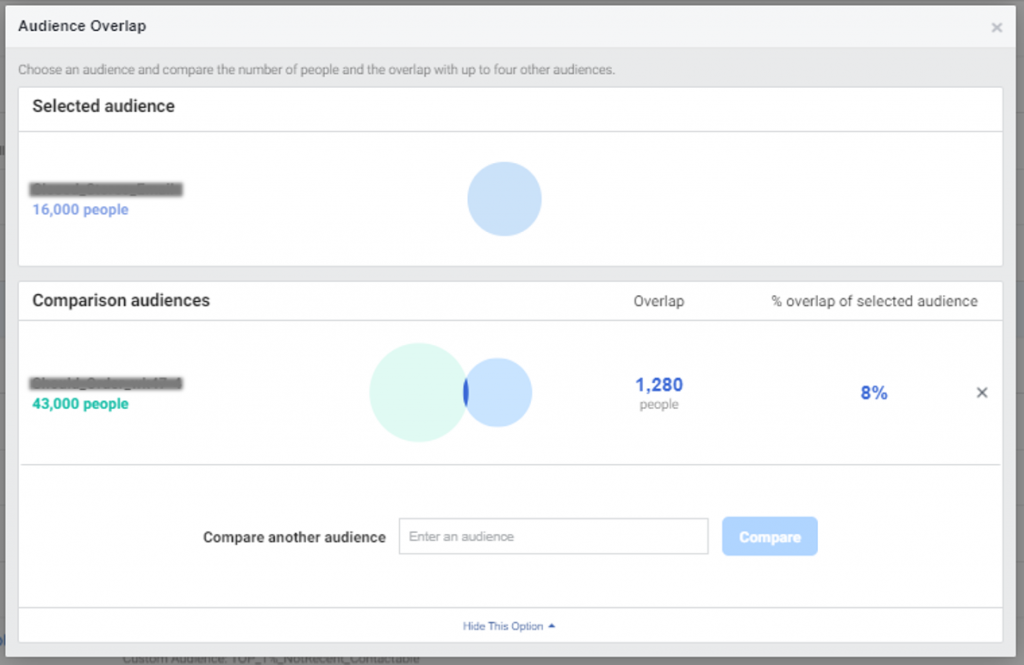In This Article
At Found we’re always striving to drive efficiency with everything we do so that we can get more back for our investment whether that’s in time or in media spend. With lockdown starting to be eased and as shops and hospitality start to re-open, we’re starting to see the movement towards a ‘new normal’. There’s no doubt that the pandemic has impacted businesses across all industries in one way or another and as we start to understand the longer term impact the pandemic has had, we can be sure that a lot of businesses are going to be focusing on making their investment work harder to drive a greater return.
In the biddable team at Found, we’re always focused on efficiency, trying to drive the lowest CPA or highest ROAS we can for our clients. Five of the ways we approach this are below

Step 1: Quality Score optimisation
Quality score is measured for each keyword on a scale of 1 – 10 and put simply, the closer to 10 we can get a keyword’s quality score, the less we need to pay to appear in the search results. The three components of quality score are expected click-through rate, ad relevance and landing page experience and each keyword is given a rank of below average, average or above average for each. By understanding which keywords have a lower quality score, we can identify areas of improvement and optimise the ads and landing pages to be as relevant as possible to the keywords, increasing quality score and improving the average CPC.
Step 2: Use exact match as much as possible
This goes hand in hand with quality score optimisation, the more traffic we send through exact match keywords instead of BMM (broad match modified) or phrase match keywords, the easier it is for us to tailor the ad copy and landing pages to the keywords. Key to this is using cross-negatives to direct traffic to the precise exact match keyword when there are multiple keywords that could trigger a specific search term. For this, we use Squared.io which has an automation to solve this, automatically applying exact match negatives when keywords are coming through the wrong keyword or match type. As well as this, it’s also important to carry out regular search query reports, harvesting new keyword opportunities from search queries against existing non-exact keywords or shopping campaigns.
Step 3: Bid Strategies
Bid strategies help us to be more efficient not just with our media spend but also with our time. By implementing bid strategies on our campaigns, we allow the engine’s algorithms to adjust our bids to show ads to the right people at the right stage in their research or purchase journey with the aim of getting the best possible return from the ad spend. Not only does implementing these strategies allow us to drive efficient performance, it also frees up time our team would have previously spent manually optimising bids to focus on more strategic tasks, allowing us to drive greater growth in our accounts.
Step 4: Dynamic Search Ads (DSAs)
With consumers’ ever-changing search behaviour, it can be hard to know exactly what people are going to search for. Long-tail searches also make it practically impossible to cover all the possible permutations of search queries that someone could search to find a product or service that you offer. This is where DSA campaigns can help. Using either a crawl of your site or a feed of your landing pages, Google finds the search queries that are relevant to the content in your site and generates an ad, sending the user to the most relevant landing page on your site. By driving users to the most specific landing page such as a specific product rather than a category page, the conversion rate of this traffic is especially high.
Step 5: Minimise overlapping audiences in Facebook
Facebook is all about targeting the right audience but it’s also key to make sure you’re not targeting the same audiences across multiple ad sets or campaigns. Targeting the same users in multiple ad sets or campaigns means that your ads end up competing against each other which can inflate your average CPC if the percentage overlap between audiences is too high. There’s two ways we can minimise this overlap, either by excluding one of the audiences from the other or by merging the audiences into a combined ad set.

Get in touch with Found’s biddable experts to unlock smarter, more effective paid media performance.


